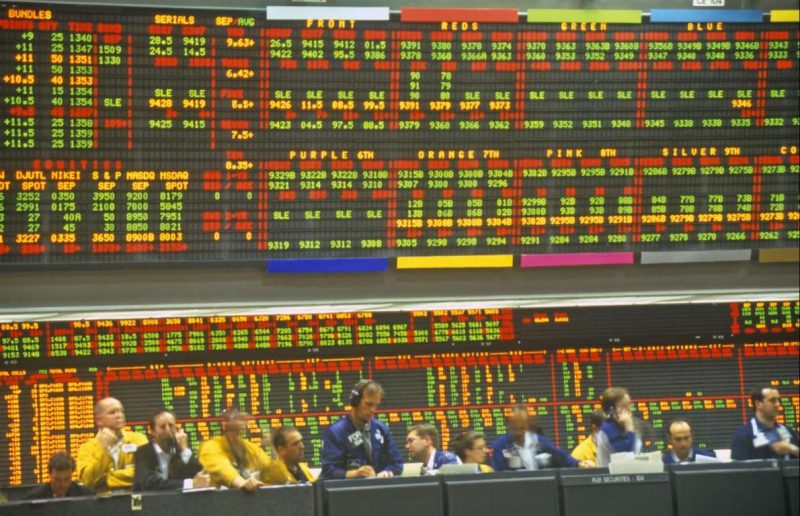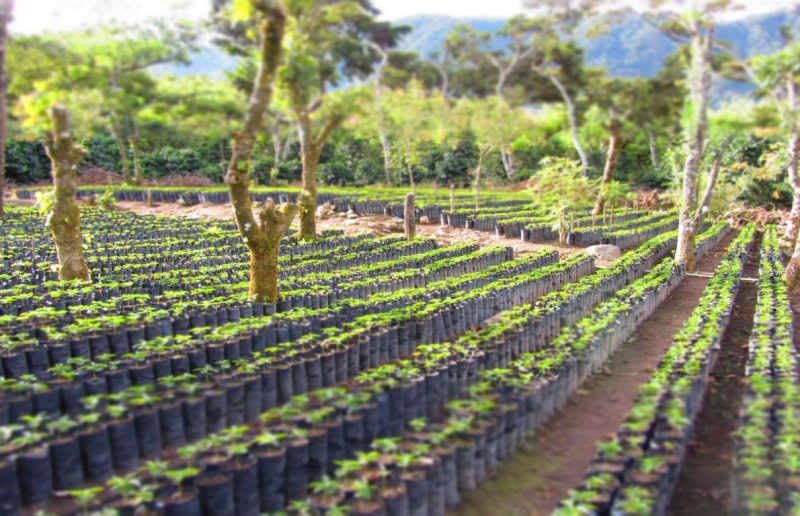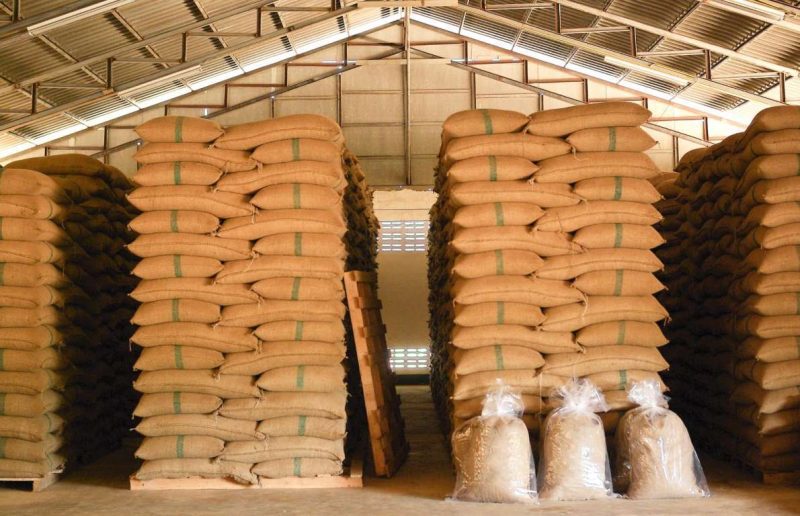
THE COFFEE AND PETROL CONNECTION
Apart from fueling many people’s day, coffee and gas/petrol have another connection: back in the 1970s, coffee was the second most valuable traded commodity around the world after petrol. It’s since lost out to some other commodities such as aluminum, but the point remains: the coffee market is still a big deal.

COFFEE IS ACTUALLY A FRUIT
While we all refer to coffee as a bean, it is in fact a fruit pip, being the seed of the coffee cherry, which is a fruit.

IN SOME COUNTRIES COFFEE GETS ITS OWN DAY
For many of us, ‘coffee day’ is more or less every day. But in several countries around the world, it gets a national celebration on a designated day. In the US that day is 29 September, in Costa Rica it’s 12 September and in Ireland it’s 19 September. International Coffee Day takes place on 1 October.

GROWING COFFEE BEANS TAKES TIME
The average coffee bush takes three to four years to produce its first harvest, after which it will produce once or twice a year, depending on the varietal and climate.

HOW IS COFFEE TRANSPORTED?
Once cultivated, collected and processed, the green beans are usually packed into jute bags and shipped via container vessel. Since coffee beans contain water, jute is the preferred choice since it allows moisture to escape and avoids rotting the beans. Jamaican Blue Mountain coffee is an exception, since beans from there are transported in a wooden barrel.














































































